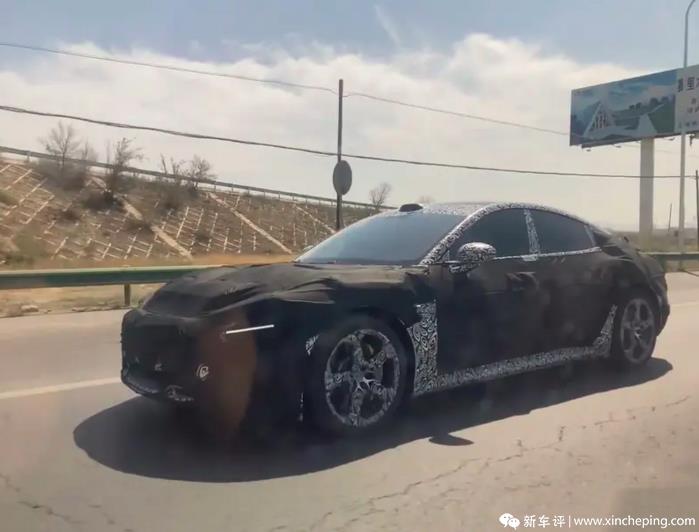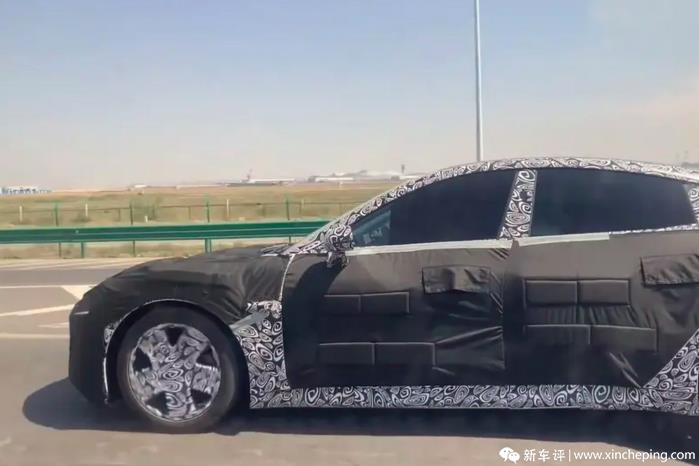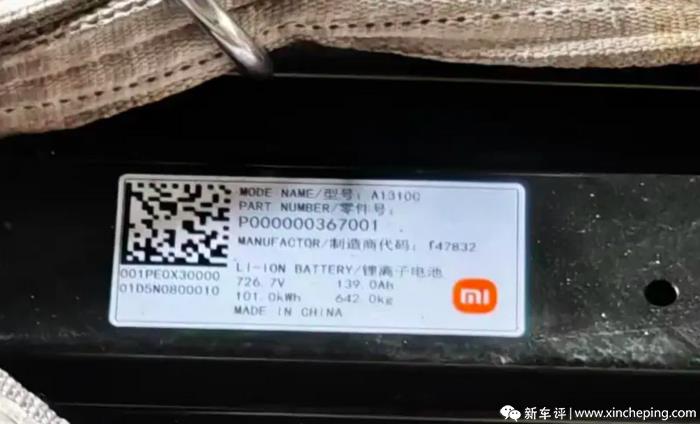Recently, we obtained a real satellite photo of Xiaomi Automobile Factory from relevant channels. It is reported that the factory has 6 workshops, and it is already in the trial production stage, producing about 50 prototype cars every week, with an annual production capacity of 150,000 in the future.

Specifically, this is the first phase satellite image of Xiaomi Automobile’s factory in Yizhuang, Beijing. As can be seen from the picture, the factory has six workshops, namely, die casting workshop, stamping workshop, body workshop, painting workshop, assembly workshop and battery workshop. In addition, according to informed sources, Xiaomi Automobile is expected to get the approval from the Ministry of Industry and Information Technology during the year, and will fully accelerate the mass production of Xiaomi Automobile.
On the other hand, the construction of Xiaomi Automobile Factory will be divided into two stages. The first stage will start in April 2022 and be completed in June 2023, covering an area of 720,000 square meters and consisting of four buildings and a modern test facility.

In fact, in August, the spy photos of Xiaomi Automobile’s road test in Xinjiang were exposed, and it was said that Xiaomi Automobile will be officially listed in the first half of 2024. Looking back at the previous spy photos, we can see that the whole new car adopts a slip-back design, and is equipped with a laser radar, a five-frame wheel rim and a multi-piston brake caliper, among which the wheel rim style and caliper are different from other spy photos previously exposed. As for the side and tail, the whole spy photos have not changed much from the previous exposure. Among them, the car will use the design of frameless doors and be equipped with a semi-circular taillight group, and it is expected to be equipped with a spoiler design.

In terms of intelligent configuration, it is reported that the new car will be equipped with Qualcomm Snapdragon 8295 chip, which is ahead of the current Snapdragon 8155 chip in performance. It is expected that all new energy brands will also load the 8295 chip one after another next year. At the same time, it will also be equipped with Xiao Ai classmate (intelligent voice), car machine to get through Mijia (smart home), support mobile phone non-inductive unlocking, magnetic charging gun and so on. In addition, the car will be equipped with three laser radars, four millimeter-wave radars, and a Xiaomi Pliot driver assistance system, as well as automatic parking in the support area.
According to the previous news, the length, width and height of the new car are 4860/1980/1666 mm respectively, and the body length and width are similar to those of Tucki P7, but the height of Xiaomi car is 20 cm higher than that of Tucki P7.

In terms of power, it is reported that its battery pack has a rated voltage of 726.7V, a rated capacity of 139Ah, a battery pack capacity of 101kWh and a weight of 642kg, which means that the new car will support 800V high-voltage fast charging with great probability. In addition, it was previously reported that Xiaomi Automobile will be equipped with 90kWh and 120kWh batteries, with a battery life of 766km and 1036km respectively. Then, combined with the latest exposure of 101kWh, it is expected that its battery life will be around 900km.

To put it further, Changchun FAW Fuwei Auto Parts Co., Ltd. previously said that the company was actively communicating with Xiaomi Automobile, and many molecular companies had entered the purchasing group of Xiaomi Automobile and completed the quotation of the first model of Xiaomi. At the same time, it is reported that Xiaomi Automobile has started to screen delivery centers. Xiaomi Automobile requires that the candidate venue "can provide at least 120 parking spaces" and the construction area "cannot be less than 3,000 square meters".
The editor said:Compared with the target of mass production in the first half of 2024, it seems that Xiaomi automobile has accelerated its pace from mass production, which is worthy of recognition for Xiaomi, who is "building a car behind closed doors". Of course, its product strength is also worthy of our expectation. What kind of competitiveness can it have in the face of many rival models in the current market, and will it appear in the automobile field as a "price butcher"? As far as the current progress is concerned, what kind of performance do you think Xiaomi Automobile can achieve?